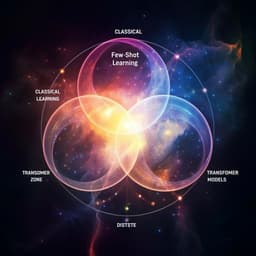
Computer Science
Towards provably efficient quantum algorithms for large-scale machine-learning models
J. Liu, M. Liu, et al.
This cutting-edge research by Junyu Liu, Minzhao Liu, Jin-Peng Liu, Ziyu Ye, Yunfei Wang, Yuri Alexeev, Jens Eisert, and Liang Jiang delves into the transformative potential of fault-tolerant quantum computing for training large machine learning models. The authors reveal a quantum algorithm that significantly reduces time complexity, demonstrating promising numerical experiments showcasing quantum enhancements in the training process.
~3 min • Beginner • English
Related Publications
Explore these studies to deepen your understanding of the subject.







